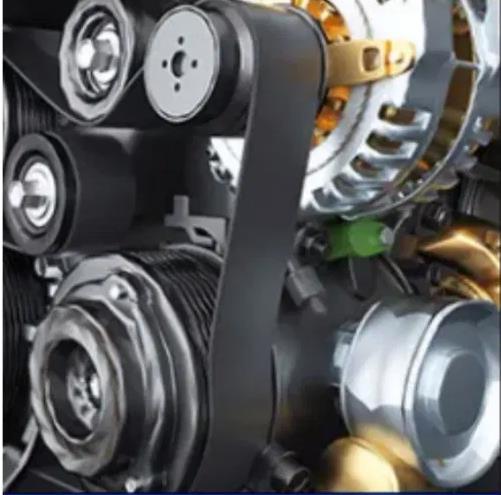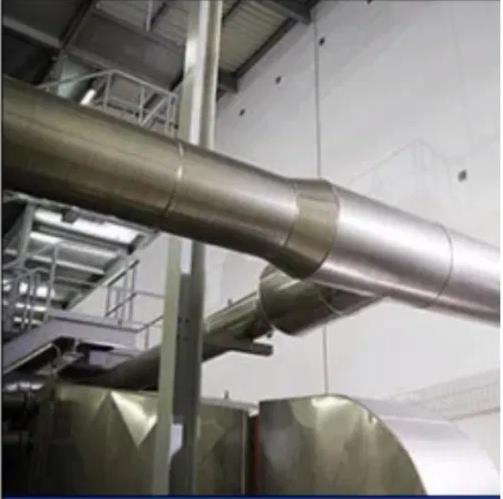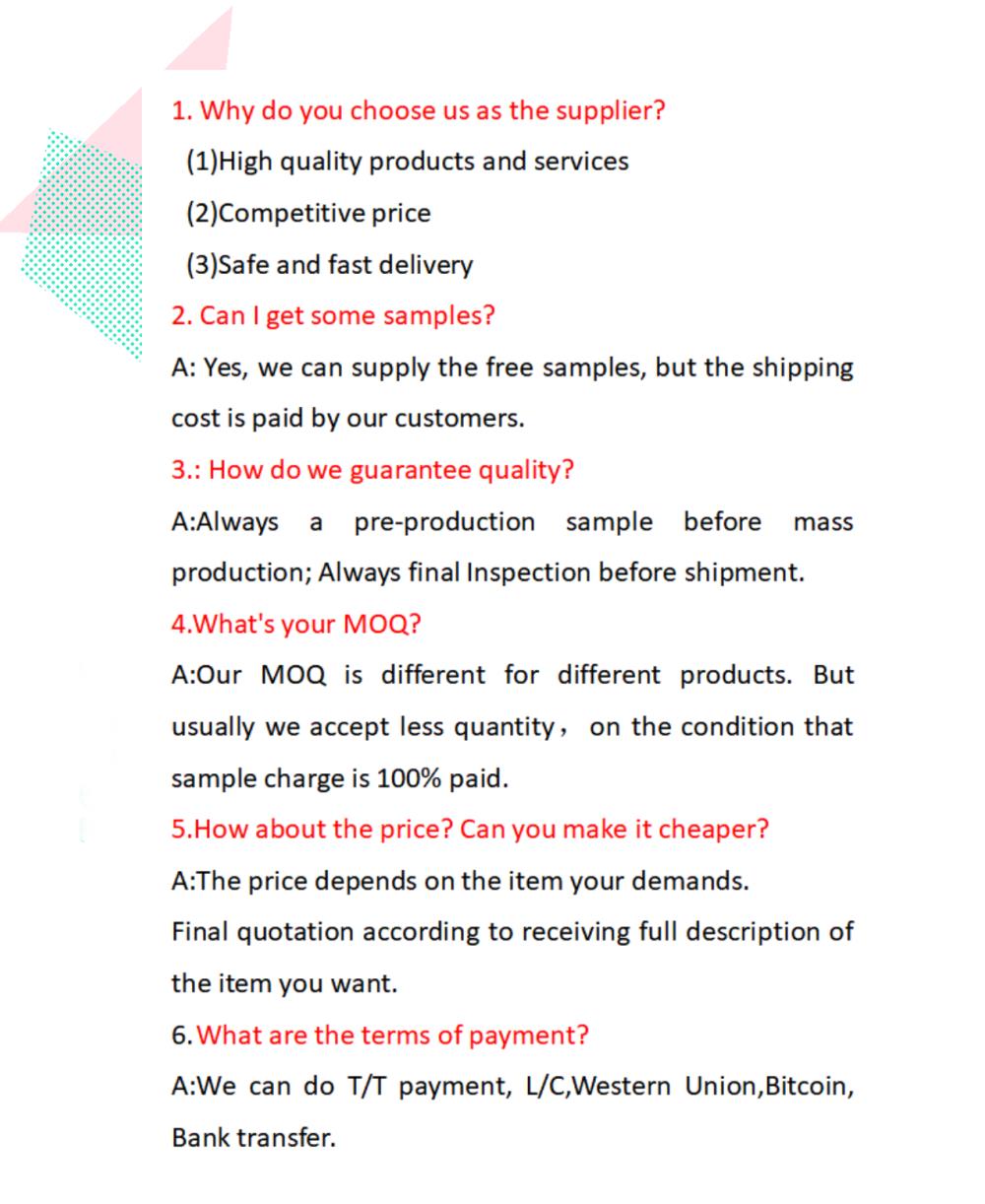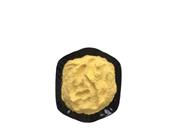Cadmium, a good neutron-absorbing metal, is made into rods that slow down chain fission in nuclear reactors and is useful in zinc-cadmium batteries. Its sulfur compounds are bright in color and are used to make cadmium yellow pigments.
| Cadmium Ingot |
| Code No. | Chemical Component |
| Foreign Mat.≤ |
| Cd≥ | Pb | Zn | Fe | Cu | T1 | As | Sb | Sn | Total |
| Cd99.995 | 99.995 | 0.002 | 0.001 | 0.001 | 0.005 | 0.002 | 0.002 | 0.0002 | 0.0002 | 0.005 |
| Cd99.99 | 99.99 | 0.004 | 0.002 | 0.002 | 0.001 | 0.003 | 0.002 | 0.002 | 0.002 | 0.01 |
1. Used for making alloys: cadmium as the alloying element can be matched into many alloys, with high tensile strength and wear resistance. It's a bearing material for aircraft engines.
2. Cadmium has a large thermal neutron capture cross section, so alloys containing silver (80%) indium (15%) cadmium (5%) can be used as control rods in atomic reactors.
3. Cadmium compounds have been widely used in the manufacture of (yellow) pigments, plastic stabilizers, (television image tube) phosphors, pesticides, paints, etc.
4. Used for electroplating, etc. Cadmium oxidation potential is high, so it can be used as iron, steel, copper protective film, widely used in electroplating anticorrosion, but because of its high toxicity, this use has a tendency to decline.
5. For rechargeable batteries: nickel - cadmium and silver - cadmium, lithium - cadmium batteries have the advantages of small volume, large capacity and so on.
6. Cadmium is also used in the manufacture of electrical alloys. For example, the electrical contacts in electrical switches are mostly made of silver cadmium oxide material, which has the advantages of good conductivity, small arc burning and good fusion welding resistance, and is widely used in household electrical switches and automobile relays.
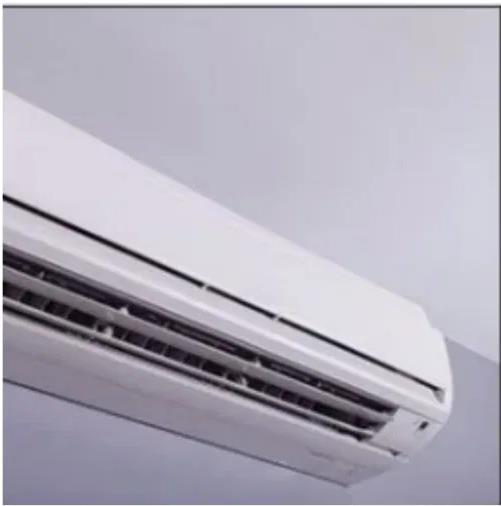
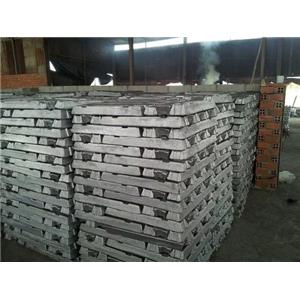
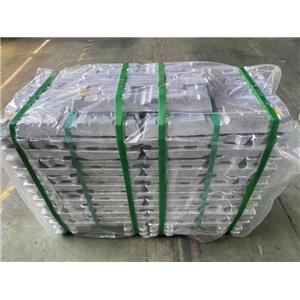
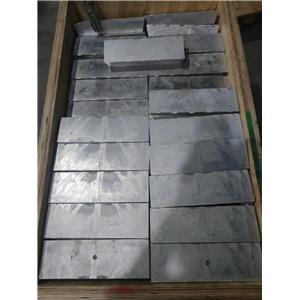
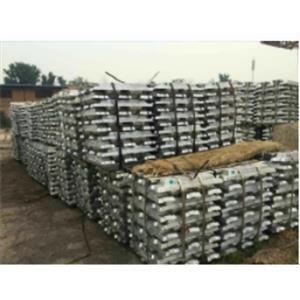

 China
China

